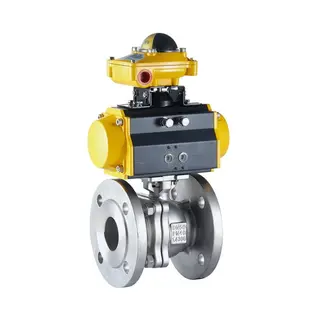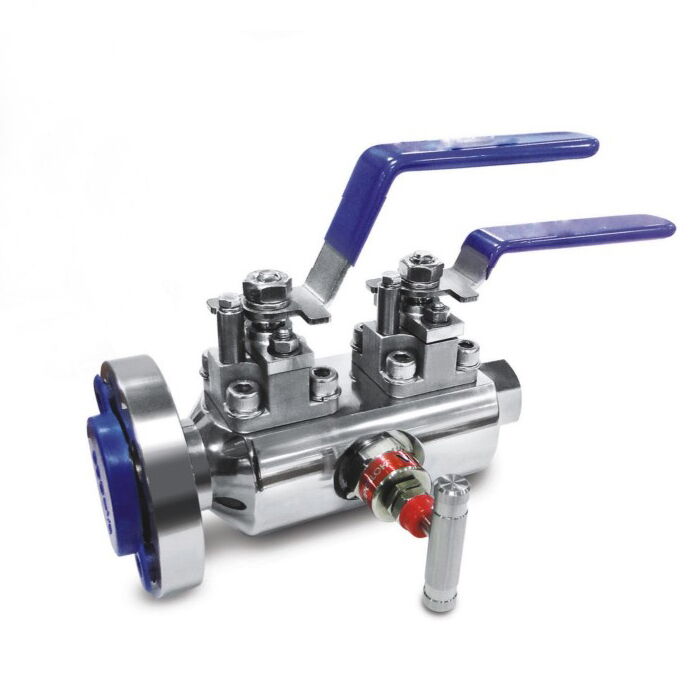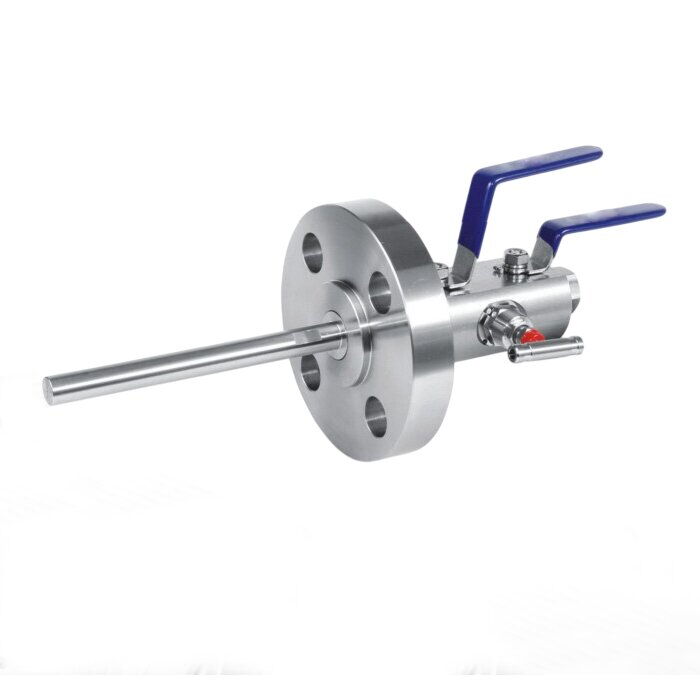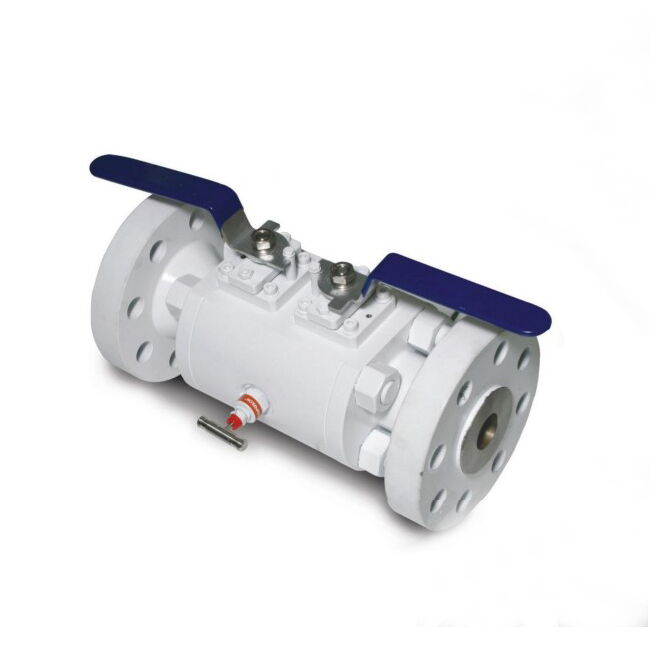
Key Specifications / Features
This low fugitive emission block & bleed valve is engineered for critical isolation and venting applications, offering superior sealing performance to minimize emissions. Available in carbon steel, stainless steel, and duplex steel, it covers sizes from 1/2 to 2 inches and pressure classes from 150 to 2500 LB. Designed to meet ASME Section VIII, ASME B16.34, and API 6D standards, it ensures reliable operation in demanding oil, gas, and petrochemical environments.
- Model No.: MV-20250421-BBV-01
- Hits: 15
- Categories: Low Torque Metal Seated Ball Valve
- Tags: Carbon Steel Block & Bleed Valve, Stainless Steel Block & Bleed Valve, Duplex Steel Block & Bleed Valve
Detail Information
Product Name: Block & Bleed Valve
Type: DBB, SBB
Size Range: 1/2-2 Inch, DN15-DN50
Flanged Inlet Connections: Conforms to ANSI B16.5 standards, 1/2-3 Inch, Class 150-2500 LB.
Outlet Connections: 1/2-1 Inch FNPT threaded outlets per ANSI/ASME B1.20.1, based on bore size.
Vent Connection: 1/2 Inch FNPT threaded vent port in accordance with ANSI/ASME B1.20.1.
Design & Manufacturing Standards: ASME Section VIII, ASME B16.34, ASME B16.5, ASME B31.3, API 6D
Standard Materials:
Stainless Steel: ASTM A182 F316/F316L
Carbon Steel: ASTM A350 LF2, ASTM A105
Duplex Stainless Steel: ASTM A182 F51
Optional Materials: Super Duplex, Monel, Hastelloy, Inconel (available upon request).
Flange Styles: Raised Face (RF) and Ring Type Joint (RTJ) flange
Key Features
Construction: One-piece forged flange construction as standard for high strength and durability.
Fire Safe Design: Engineered and tested to meet BS 6755 Part 2 and API 607 fire safety standards.
Shutoff Performance: Bubble-tight shutoff for reliable isolation and safety.
Security Features: Locking devices and anti-tamper options available for all valve types.
Positive lever stop for defined open/close positions
User-preferred handle designs
Permanently affixed reference label for traceability
Fugitive Emission
ISO 15848 parts 1&2 (defining a classification system and qualification procedures, and production acceptance test of industrial valves, respectively) specify new ultra low standards for emissions. This standard is becoming the requirement for oil and gas and petrochemical organizations worldwide. The standard was originally created for process valves and control valves but is now being applied to Instrument valves which include primary isolation valves, especially on environmentally sensitive projects. Meeting these low levels is a challenge, which BMT Instrument has solved with the new ball and needle valve designs used in these DBB valves and mono flanges. These designs meet the highest class ‘A’ level over the temperature range -29°C to +180°C, alongside the standard instrumentation manifold pressure ranges. Production testing and certification is available upon request. Please specify sample quantity required for production testing with your order.
Valve Specification
Maximum cold working pressure rating 6,000 psig.
Temperature rating -50°C to 180°C (-58°F to 356°F)
ISO15848-1 prototype tested using global helium vacuum method.
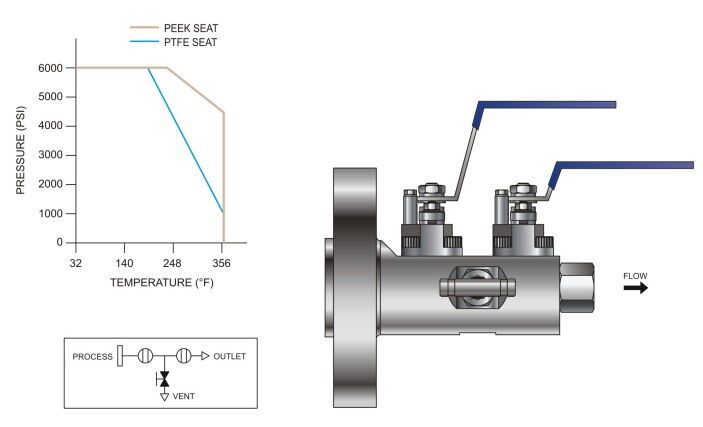
The ISO 15848 standard effectively sets a requirement for zero emissions for processes involving volatile air pollutants and hazardous fluids. This design has been developed to minimise fugitive emissions.
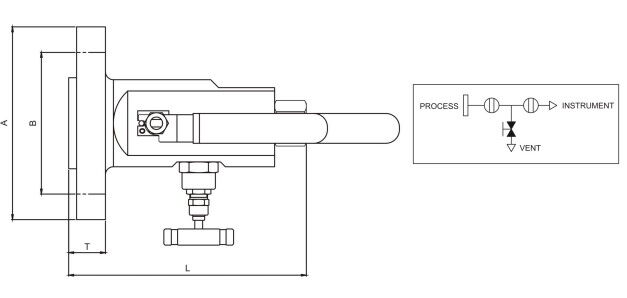
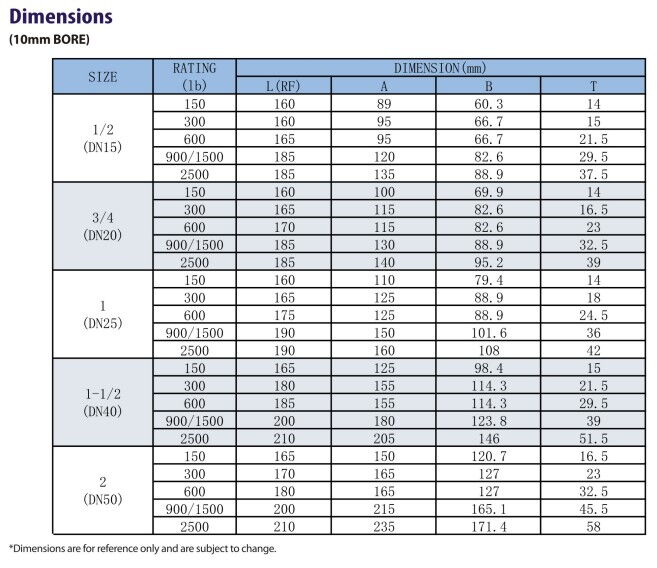
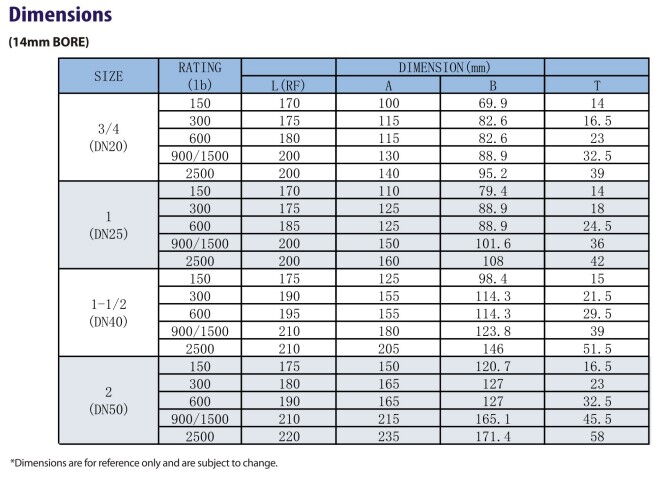
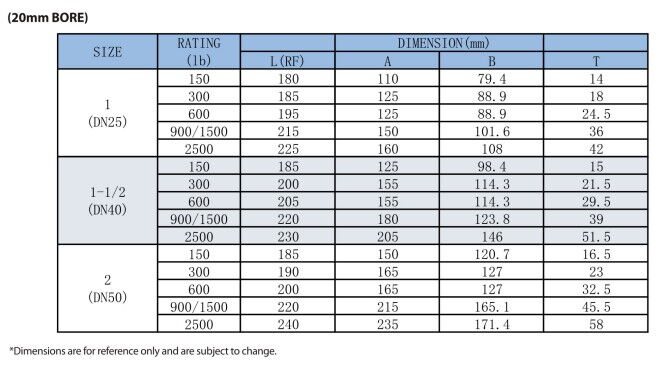
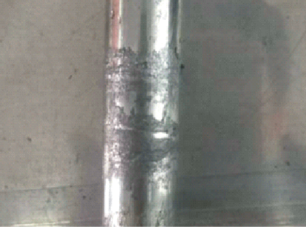
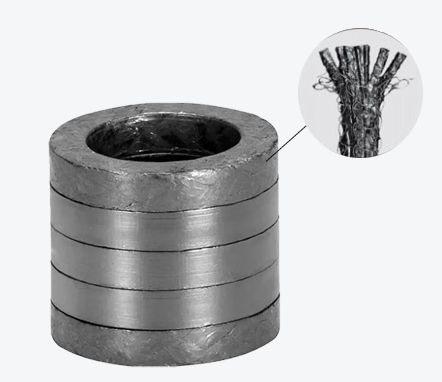
For ball valve packing rings, we exclusively use M641 specialty low-emission packing designed specifically for ball valves.
If conventional graphite packing rings are used in stock inventory, they can strongly adhere to the valve stem over time, leading to excessive operating torque and leakage issues during later use.
By adopting our low-emission packing, even after prolonged storage, the valve maintains:
-
Very low operating torque
-
Excellent sealing performance
-
No adhesion issues
API 622 TUV Experimental Data Report
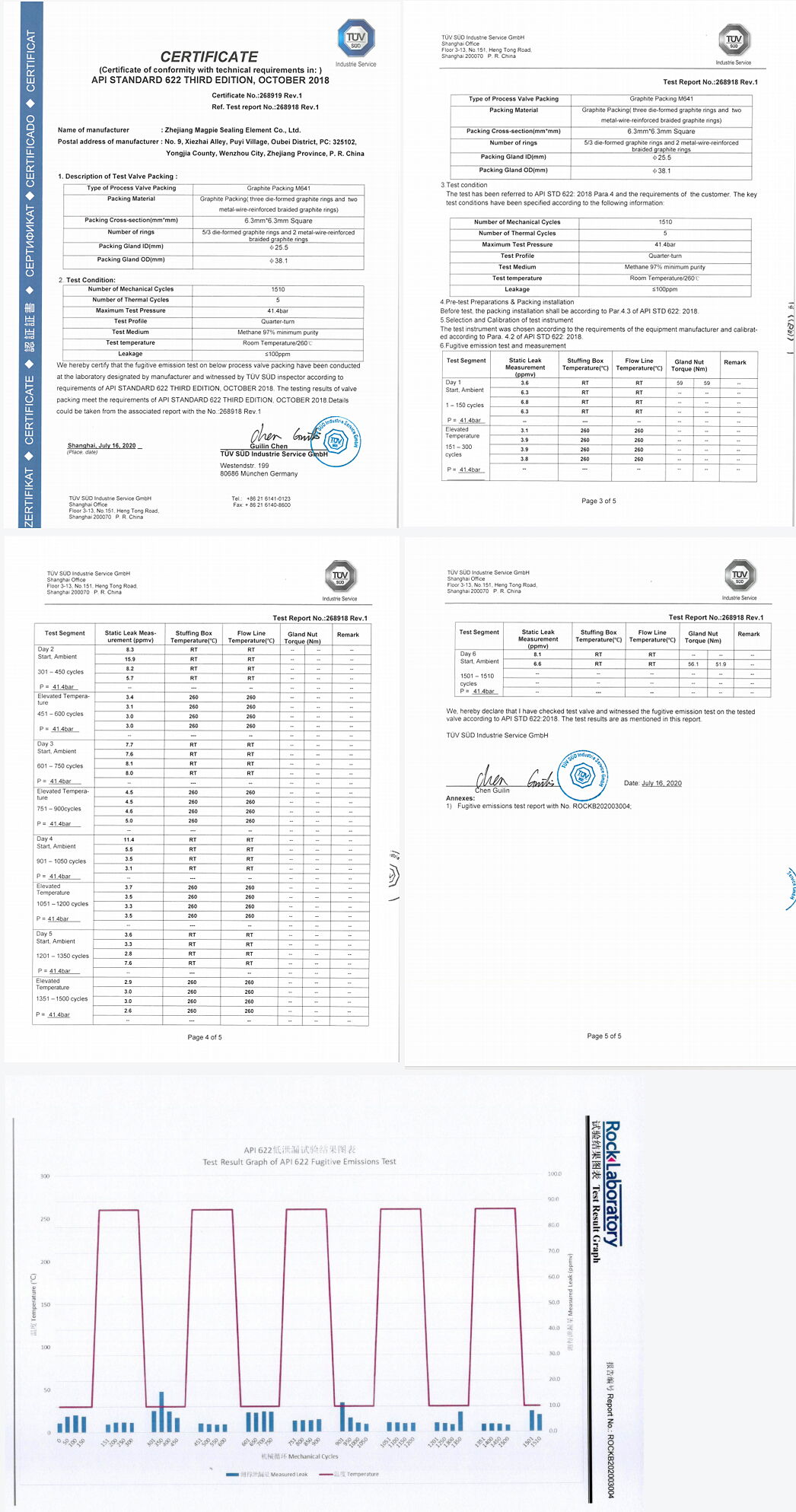
We have optimized the design of the packing structure for floating ball valves. Based on our field experience in petrochemical applications, we found that traditional designs using O-rings plus packing material may appear more reliable but actually create potential risks.
In conventional designs, the O-ring might become the primary seal while misleading users to believe the graphite packing also functions as a main seal. However, O-rings are vulnerable to chemical corrosion. Once the O-ring fails and the graphite packing is insufficient, both sealing mechanisms may fail, making it impossible to perform secondary pre-tightening on-site.
Additionally, our tests confirmed that insufficient graphite packing consistently fails fire safety tests. Therefore, we optimized the design by removing the O-ring and relying solely on packing as the primary seal. The benefits include 100% fire safety performance, 100% low leakage, and enhanced stem strength.
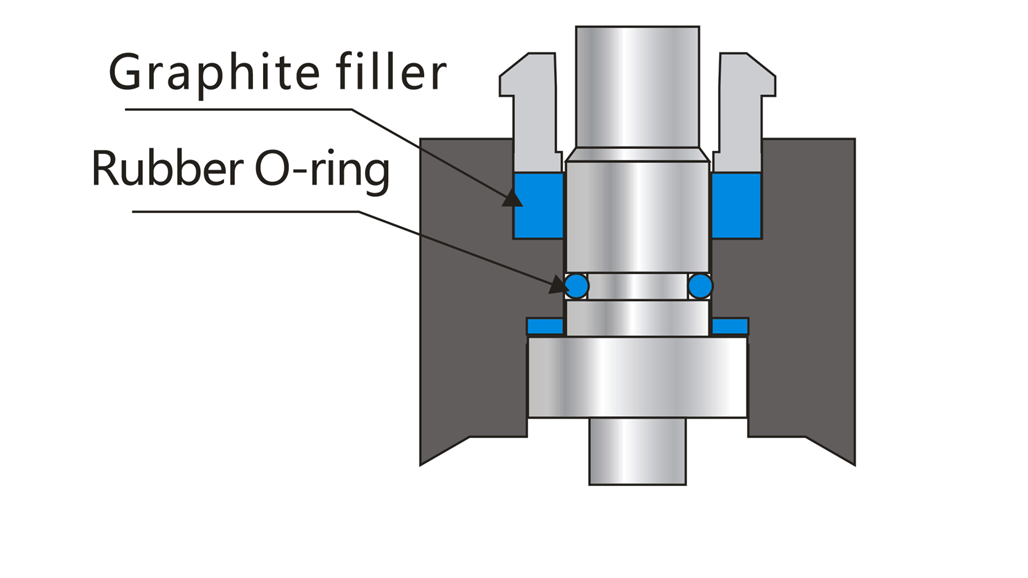
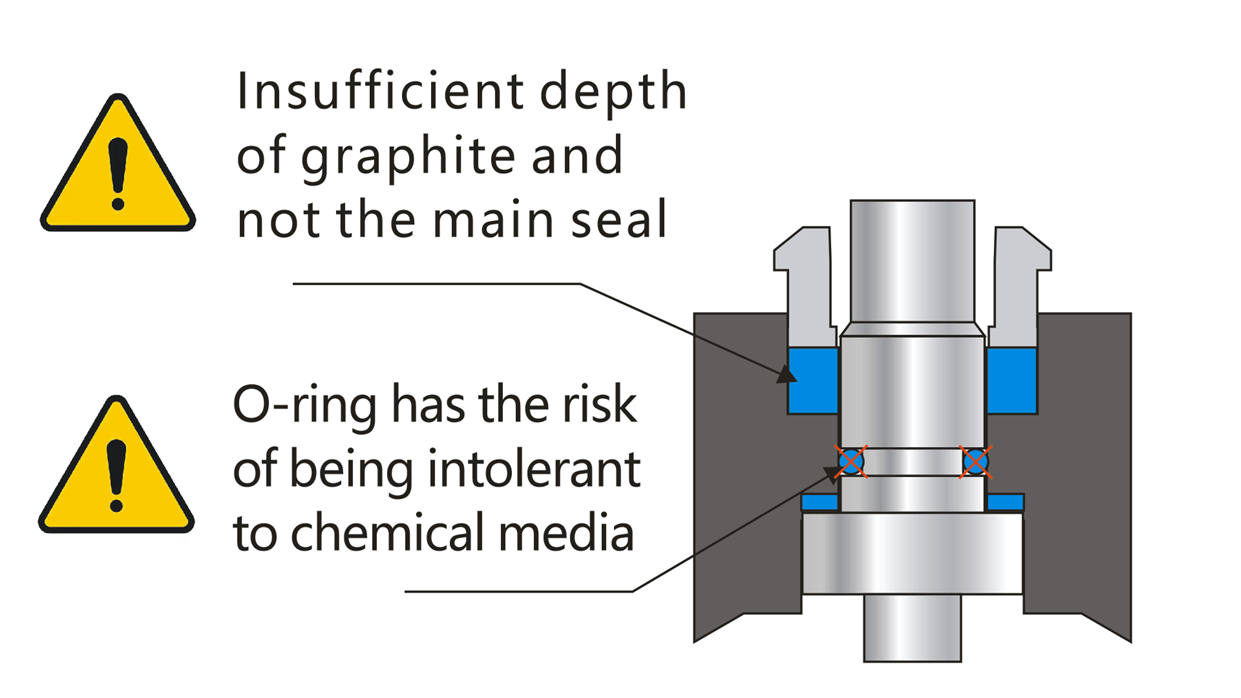
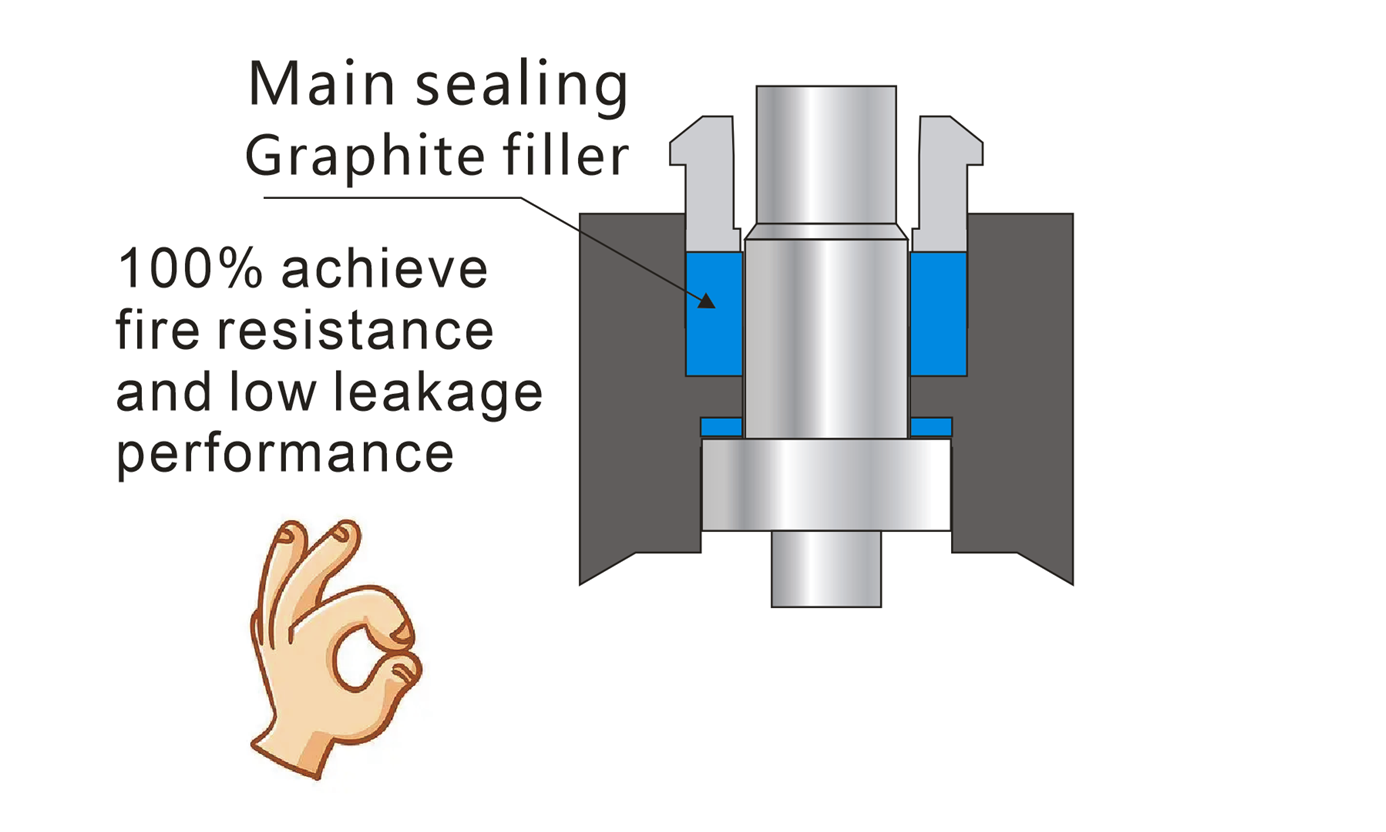
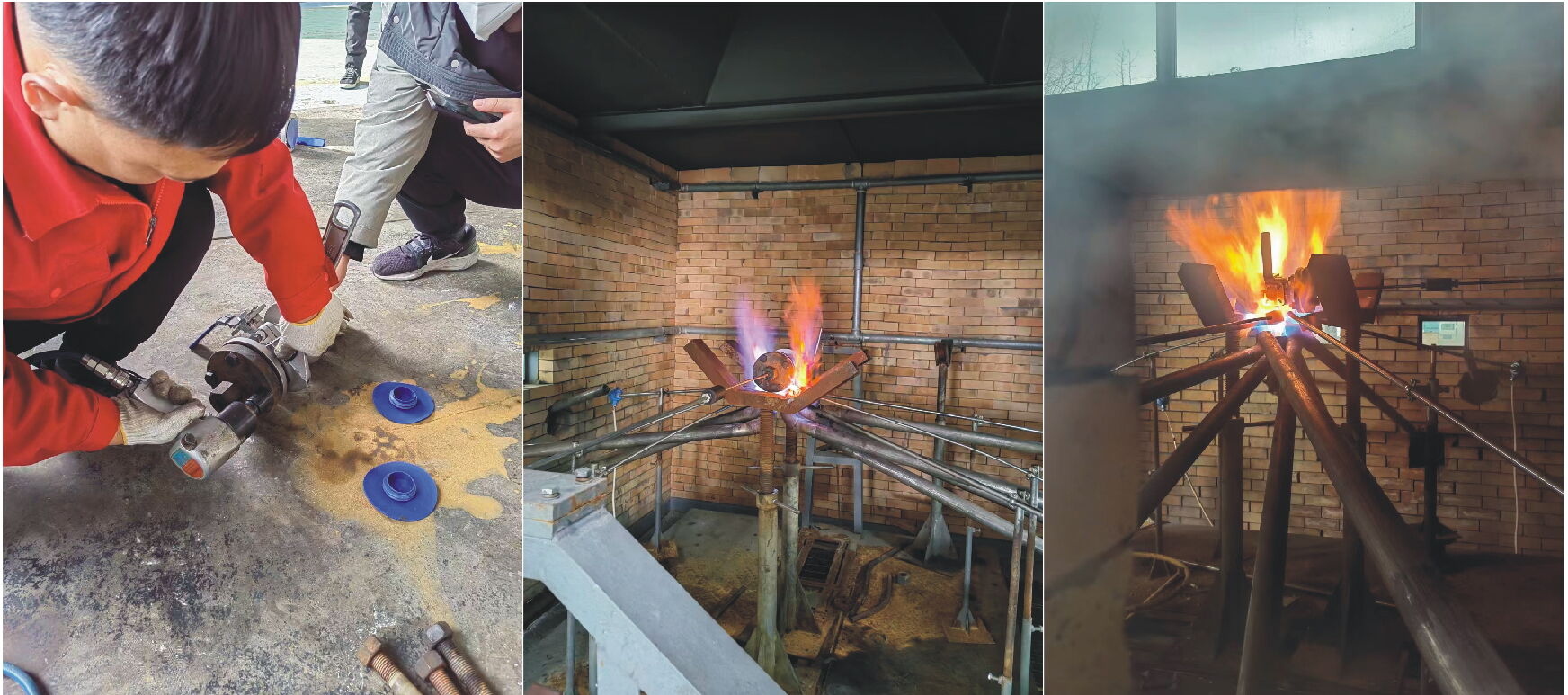
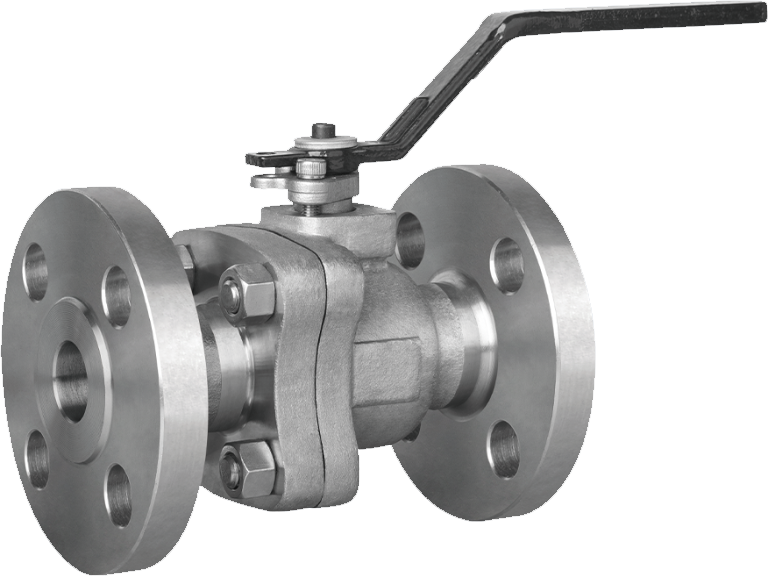
ISO 15848-1 Type Test Report at 400°C
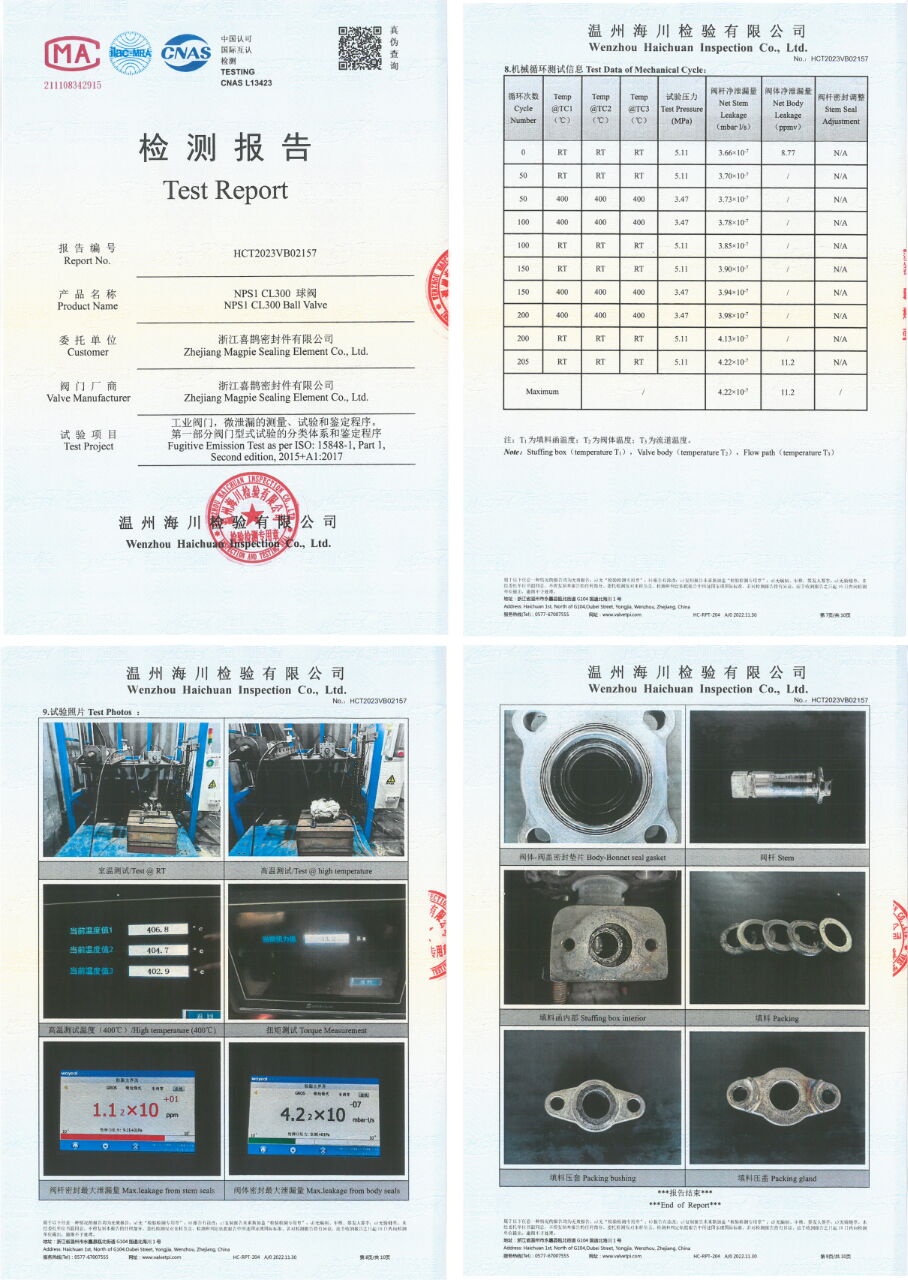
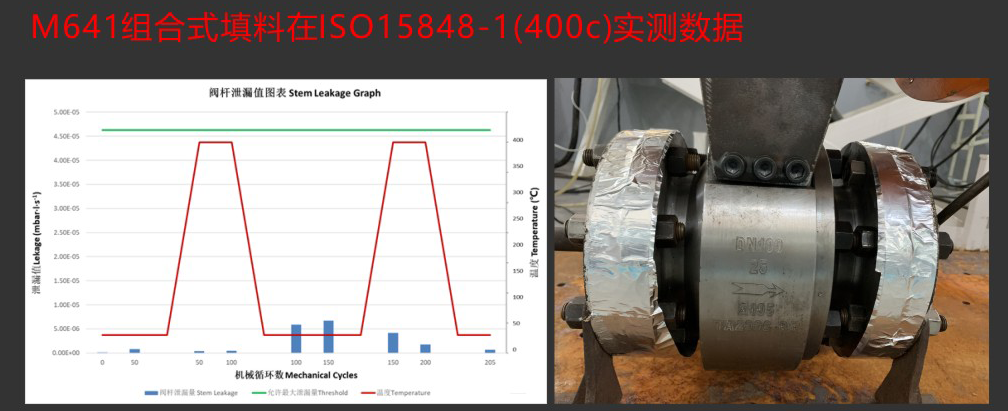
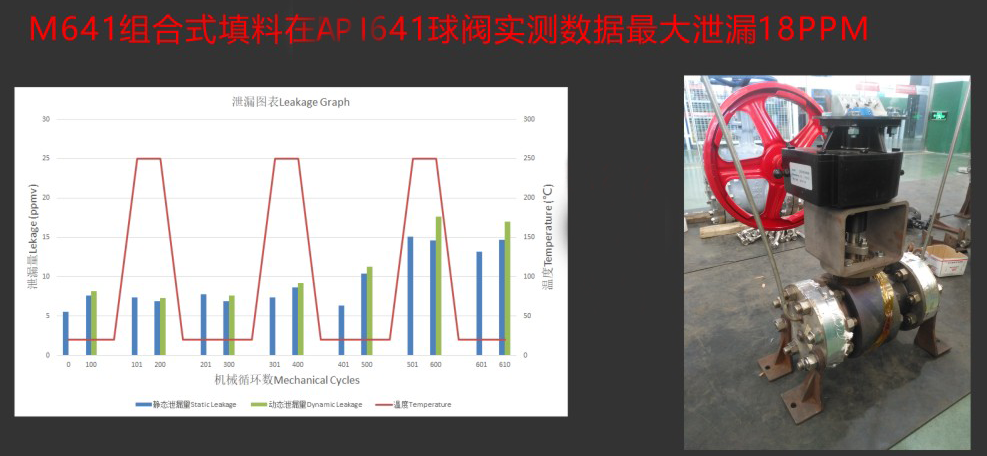
Similar Products
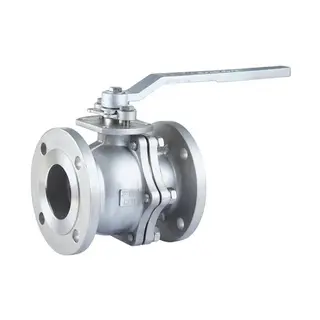
2 Piece Ball Valve, ASME B16.34, ASTM A351 CF8, 3 IN, 150 LB
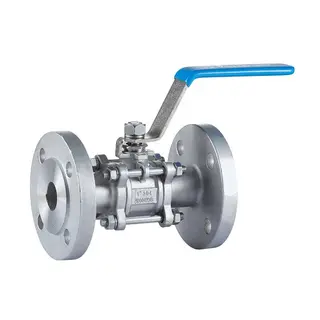
3 Piece Ball Valve, ASME B16.34, SS 304, 1 Inch, 1000 WOG
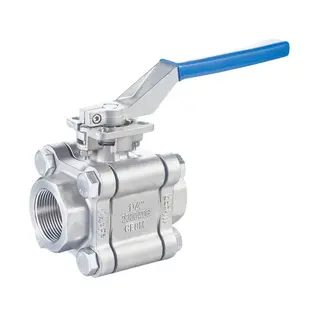
ASME B16.34 Ball Valve, A351 CF8M, 3PC, 1-1/4 Inch, 2000 WOG
